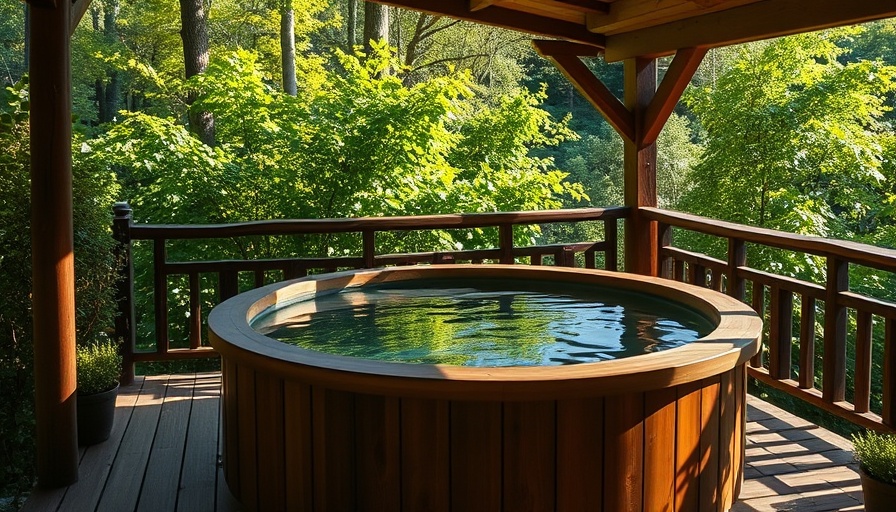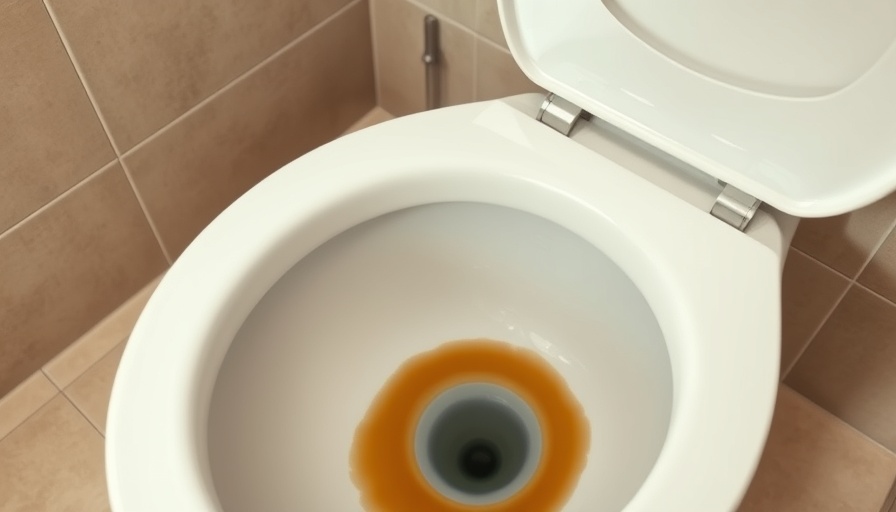
Transform Your Backyard with Budget-Friendly DIY Hot Tubs
After a hectic day, nothing beats the soothing experience of unwinding in your very own hot tub. Imagine soaking under the stars, enveloped by warm water while enjoying the beauty of your garden. Building a DIY hot tub can turn this dream into reality without breaking the bank. In this article, we explore 18 ingenious DIY hot tub plans that are both creative and economical.
1. The Charm of a Cedar Hot Tub
A cedar hot tub is a beautiful, natural choice that can add a rustic charm to your outdoor space. Not only is cedarwood a great insulator, but its natural oils also help maintain the water temperature—creating a cozy soak experience. Begin by sourcing high-quality, clear cedar boards. You'll need a cross-cut saw for the staves, measuring 3 feet long and 3.5 inches wide, which will form the walls of your tub. The joinery is crucial; using a router will allow you to create the perfect rounded edges for each stave, ensuring a watertight seal once they’re put together. Finish with benches and a wood stove for heating, and you’ll have a stunning centerpiece for relaxation!
2. Stunning Japanese Hot Tub Design
If you’re looking for something distinctly charming and functional, consider building a Japanese hot tub. These tubs are typically round and feature unique interior designs, such as hexagonal benches that provide comfortable seating. Constructing this hot tub will include thoughtful designs for water heating, often utilizing a rear heating system that enhances aesthetics. Its captivating look will surely be a talking point for guests!
3. The Innovative Chofu Hot Tub
The Chofu hot tub presents a creative twist with a small wood stove that heats the water using a thermo-siphon method. This unique design means you won’t need any electrical pumps, promoting a simpler, more natural feel. It's advisable to insulate the tub when not in use and to avoid chemical treatments for longevity. This design can be completed in under an hour—ideal for spontaneous hot tub enthusiasts!
Cement Your Relaxation with a Concrete Hot Tub
Looking for durability? A concrete hot tub might be the answer! While a bit more labor-intensive, a concrete hot tub offers a permanent solution to your backyard oasis. Start by digging out a space to accommodate your tub's shape and size, then fill it with concrete. Once set, you can build the outer walls with blocks and add piping for jets, ensuring a spa-like experience right at home. Keep in mind, the concrete will make your hot tub a semi-permanent feature, so choose its location wisely.
Going Natural: The Earthy Hot Tub
For nature enthusiasts, a natural hot tub blends beautifully into the surroundings. Burying your tub into the ground creates a stunning environment enhancing your landscaping. Pond-style designs can be incorporated with natural stones lining the interior, creating a smooth transition into your garden sanctuary. With the right construction, this hot tub can offer unique aesthetics that’s both relaxing and harmonious with nature.
Budget-Friendly Considerations
When it comes to DIY hot tubs, budget is a key aspect. According to various sources, including our reference materials, constructing a hot tub can typically be done for well under $3,000, a fraction of what you would pay for a professionally installed unit, which can sometimes reach up to $15,000. Why pay more when you can enjoy the same relaxation benefits and customize your build to perfectly match your style?
Unique Benefits of DIY Hot Tubs
Opting for a DIY hot tub offers several benefits beyond just cost savings. Creating a hot tub that suits your personal aesthetic allows you to express your creativity. Additionally, constructing it yourself means that you can tailor the heating and filtering systems to your preferences, ensuring an efficient and enjoyable soaking experience.
Taking the Plunge: Actionable Tips for Your DIY Project
To ensure your DIY hot tub project is a success, begin with thorough planning. Take the time to sketch and plan out your design, factoring in the materials needed, the dimensions, and how best to integrate the structure within your backyard. Always prioritize safety by ensuring proper installation of heating systems, and consider consulting local building codes about the required permits. Sharing your journey on social media can inspire others and form a supportive community!
What DIY Hot Tub is Right for You?
With numerous DIY hot tub designs available, it's key to find one that suits your specific needs and available resources. Analyze your space, your budget, and how frequently you plan on using your tub to make the best choice.
Whether you choose a rustic cedar tub or a modern concrete design, the warmth and comfort of a DIY hot tub will surely enhance your wellness routine and backyard ambiance. So grab your tools and start building your perfect retreat!
Join the DIY Fun!
Don’t just fantasize about the luxurious soak in your own hot tub - take action! Start planning your DIY hot tub today and transform your backyard into a personal oasis that offers relaxation, beauty, and style! For more engaging DIY tips and home improvement ideas, follow us!
 Add Row
Add Row  Add
Add 




Write A Comment